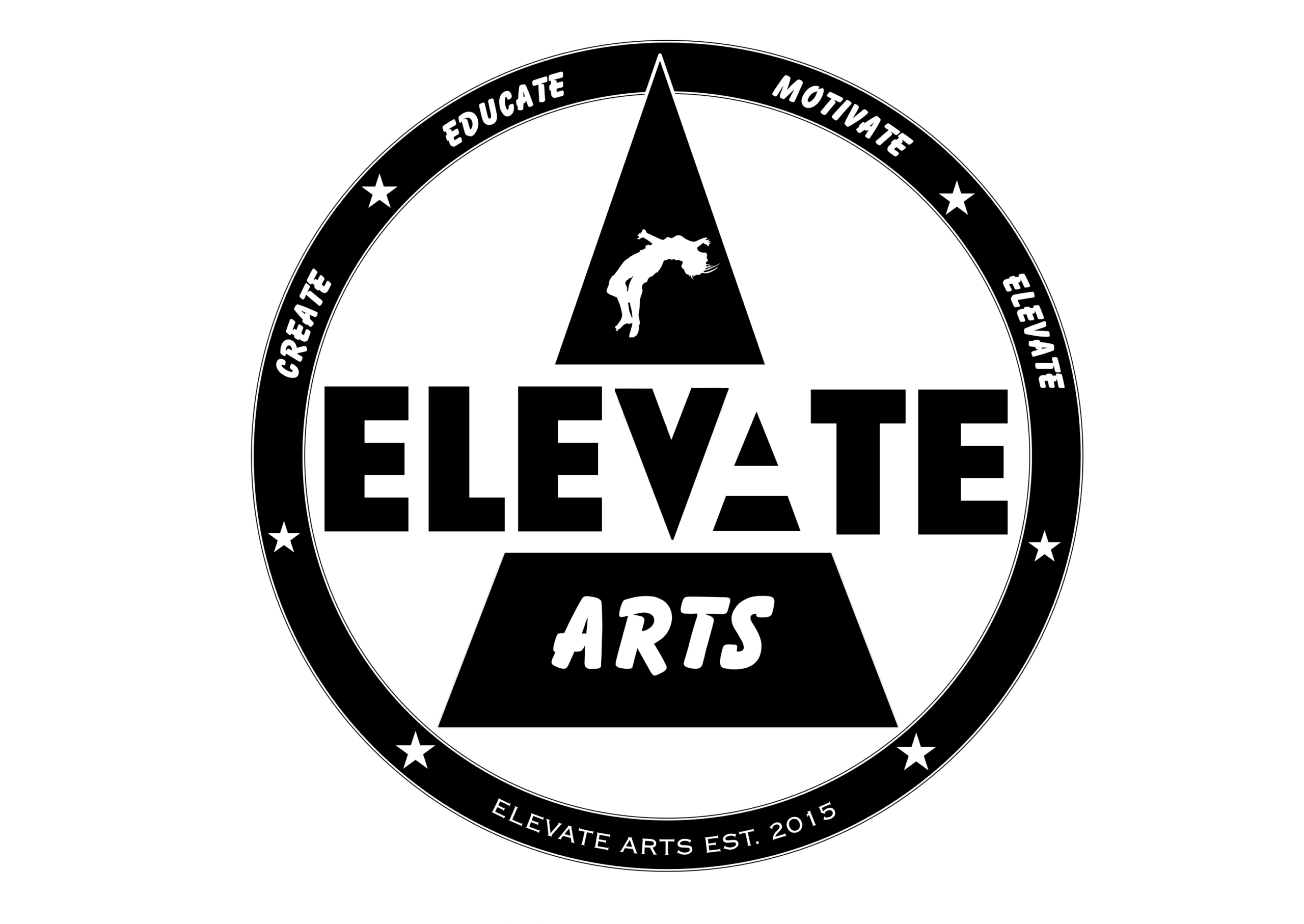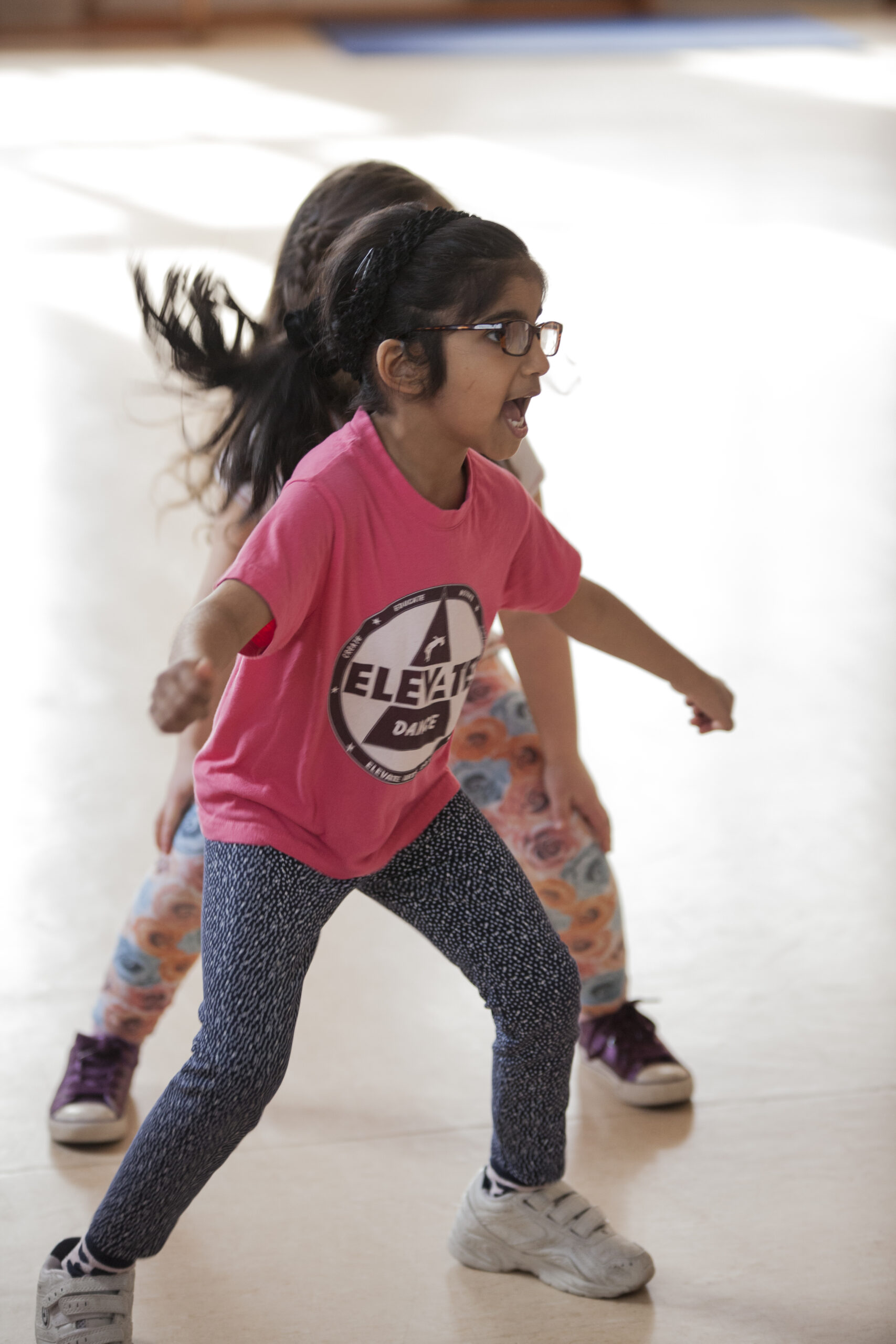So, you’ve attended class, learned the moves/choreography and have been told by your dance teacher to go away and practice for the following week. You go home and run through what you’ve learnt a few times until you feel you’ve “got it.” You know you can still improve however you don’t really understand where to start and are confused by what your teacher even means by “practice.”
Struggle no more! Here are 5 tips on how to practice in order to really grow as a dancer outside of class time.
- Break it down
Whether it is a foundation step or choreography you are practicing, break it down. Go slowly through each step, focusing on hitting every position/shape/level precisely and being aware of what’s happening with each part of your body. Go to the full extension of the movement, don’t cut moves short. This will train your muscle memory, helping you to hit those exact positions when you go faster without you even having to think about it. Dancers have a habit of “marking” movement. How you practice is how you will perform, so practice with precision, perform clean. Marking means less energy, not sloppy movement!
If it’s choreography you are practicing, break it down into counts of 8. Once you have mastered the first 8 counts slowly, you can speed it up. Repeat with each 8-count section then build it up to eventually do the whole routine as one. Try to remember the tips your teacher gave you in class about specific movements work on applying them.
If it is a foundation step you are practicing, break it down into even smaller sections. For example, you might want to focus on just the feet, then just the arms, before you put them together. Take it slowly, then speed it up. Repetition is key. Drilling your foundation moves properly will make you a stronger dancer.
- Focus on the quality of the movement
It would be boring if we watched a dance routine where every single move had the same energy. When practicing, if you have got the movements precise, (see number 1) you now need to add some dynamic quality to the movement. Dynamics are the way we move. Think adjectives (smooth, slow, fast, spikey, soft, heavy, slippery, funky, etc) This will not only make you more interesting to watch, but you will probably have a lot more fun too!
For choreography, think back to what your teacher said about each move, or the feel of the piece. Were there any moves that needed to be extra powerful for example? Maybe there is one part where you were told to look “funky.” Think about your transition from move A to move B. What happens in the middle? What dynamics can you apply?
Dynamics can also be applied when you are drilling foundation steps. Once you have the basics, you can explore how you can use different dynamics to switch up the feel of the movement and keep it interesting. Try writing a list of dynamics (adjectives) and working through that list with each foundation step you know. You could even choose 2 contrasting dynamics and explore both at the same time! This will help give your freestyle texture and you will begin to get used to moving in a variety of ways
- Work on your musicality
When we dance, we want to move in time with the music, after all, we are dancing to the music right? But musicality is so much more than dancing in time with the music, it is knowing exactly what beat, melody, lyric, sound effect, etc you need to hit with each movement. The music can also help with our choice of dynamics (see number 2.) A snare might signal a sharp move, whereas the melody might signal something more fluid. Dance is essentially a visual representation of the music through our bodies.
When learning a routine in class, you may not be able to hear what your teacher wants you to dance to, we all hear music differently and it takes some time to really learn to listen to music thoroughly. Outside of class, listen carefully to the music and focus on each sound, then try to hear exactly what sound each movement is choreographed to. Most of the time there will be several different sounds, rhythms and instruments that your teacher wants you to move to, often jumping from one sound to another and back again! It can help if you have a slow-motion function on your music playing device as this will help you really hear the sounds you might otherwise miss. Filming yourself doing the routine and watching it back can also help you see and hear what part of the music specific movements should go to.
Basic foundation steps also often have rules around musicality, for example whether certain parts go on a kick or a snare. Knowing how to really listen to music will help develop your understanding of foundations and allow you to explore and play with their musicality through your freestyle. Try practicing listening to a piece of music and moving to just 1 sound/instrument at a time. For example, pick out the snares and move only on the snares. Then maybe pick out the melody and move only on the melody. Try to focus on each sound separately, then maybe try to focus on switching between 2 different sounds as you move.
- Start to perform
Have you ever watched a dance piece where you were hooked and just couldn’t take your eyes off stage? Guaranteed all the dancers were performing! No matter how slick your movements are, how on point you are with the music, if you don’t perform when you are dancing, it isn’t very interesting to watch. Audience members want to be entertained, they want to see you enjoying yourself, feeling it, dancing in character, conveying an emotion. Performance quality goes hand in hand with confidence. You need to own that stage and believe in yourself. If you are a bit shy, invent a character, that way it isn’t you on stage and theres nothing to be nervous about!
A key element of performance is focus. Not the kind of focus as in concentrating, but the focus of your eyes, where you are looking. Are you following your movement pathway, looking forward, looking down? Confident dancers don’t look at their feet (unless it is an artistic choice to do so.) Try to be aware of where your focus is when practicing, aim to look out into the audience, look at individuals in the audience and if it is a group dance, look at others as you interact on stage. If you are practicing alone at home you can still visualise and apply all of this.
Another important performance skill is emotion, or the feeling/intention behind our movement. Maybe your teacher has specifically asked for a particular emotion/feeling/facial expression, if so, work on applying that. If not, have a play with different emotions and facial expressions yourself and try applying them to your dance. For example, can you do a routine/freestyle focusing on feeling happy, sad or angry? Maybe you can even try to use 2 contrasting emotions in 1 routine or freestyle? Remember to feel what you are dancing, your facial expressions shouldn’t become forced, they should still look natural, the last thing you want is to scare the audience away!
- Film yourself (or get someone else to film you)
Recording yourself can be a useful tool to help you improve. Sometimes we can feel like we are doing a movement correctly but when we watch ourselves back, we often notice lots of things we can improve on.
Filming yourself alongside the teacher or other class members can help you see what you need to work on, or what you can already do well and helps you keep track of your journey. You can watch it back time and time again, asking yourself questions each time. For example, “Were my movements clean?” or “Am I using contrasting dynamics?” This self-evaluation will really help you progress. You can also film yourself freestyling and do the same, focusing on different things each time. Film yourself every couple of weeks, with hard work and smart practice, you will see improvements!
Remember, class is only for 1 or 2 hours a week, it is what you do in between classes that will determine how fast you improve and how successful you become as a dancer. Now you know how to practice, why not try out some of the above tips and let us know how you get on!

